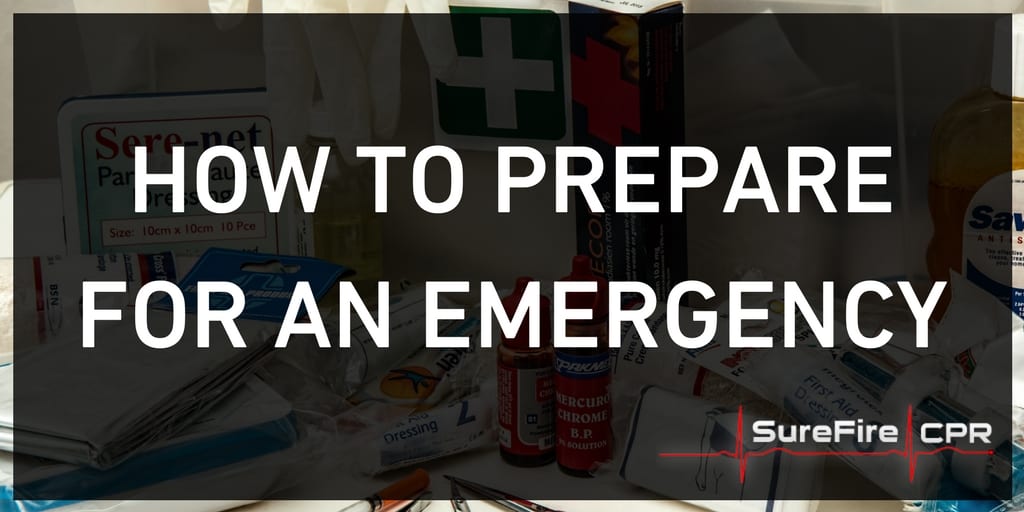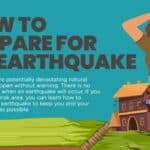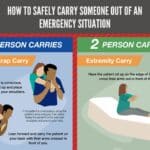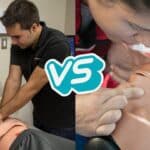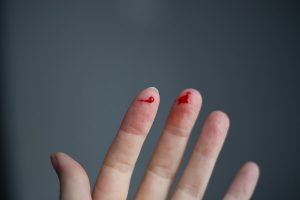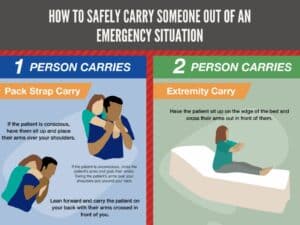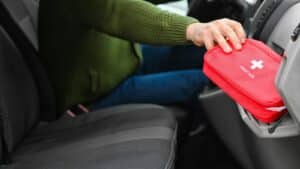An emergency can strike at any time. Are you ready? If not, do not despair. There’s plenty that you can do to put yourself in the best position to succeed in a life-threatening scenario. Being prepared for an emergency is critical to your safety, but it isn’t a huge burden to learn. In this guide, our emergency response experts here at SureFire CPR show you how to prepare for an emergency situation. Take these steps to keep yourself and those around you safe.
Common Causes of Life-Threatening Emergencies
An emergency is a serious, often life-threatening situation that requires an immediate response. There often is no telling when an emergency might happen, and anyone can be affected by an emergency. Also, an emergency can come in a variety of forms, including:
- Act of terrorism
- Disease outbreak
- Natural disaster
No one wants to face any of the aforementioned emergencies, yet the fact is that these events happen daily. An even more sobering fact is that few people actually allocate the necessary time and resources to prepare for emergencies.
A recent U.S. Census Bureau “American Housing Survey” highlighted how Americans prep for emergencies, and key survey findings included:
- 18 percent of respondents said they have access to a generator.
- 33 percent stated they have a communication plan in place that includes a contingency for the disruption of cell phone service.
- 37 percent indicated they have established an emergency meeting location for loved ones.
Being prepared for an emergency means being ahead of the game. If you prepare for an emergency now, you can cope with a critical situation as it happens. That way, you can identify potential hazards faster than ever before and find the best ways to mitigate such problems before they escalate.
Emergency preparedness can be simple — in fact, it only requires a few essential steps. The Centers for Disease Control and Prevention (CDC) recommends the following steps to get ready for emergencies.
1. GATHER EMERGENCY SUPPLIES
A crucial part of learning how to prepare for an emergency situation is understanding which supplies to have on-hand in the event of an emergency. These supplies constitute your emergency supply kit: an essential for natural disasters, evacuations, and serious accidents of all kinds. With an extensive emergency supply kit at your disposal, you can guarantee that you’ll have immediate access to everyday essentials in any emergency, at any time.
Ultimately, there are many essentials that you’ll want to include in your emergency supply kit, such as:
- Water: Your emergency supply kit should include at least one gallon of water per person, per day.
- Food: Canned soup, dry pasta, powdered milk and other non-perishable food items are easy to make and won’t spoil.
- Manual Can Opener: Ensure you can open cans with ease by including a manual can opener in your emergency supply kit.
- Basic Utensils: Pick up forks, knives, spoons and other basic utensils so that you can prepare and serve meals.
- Medicines: Try to keep at least a three-day supply of medicines in your emergency supply kit.
- Medical Supplies: Hearing aids with extra batteries and other everyday medical supplies may prove to be crucial for emergency survival.
- Personal Care Items: Baby wipes, soap and other personal care items can help you stay clean during an emergency.
- Safety Items: Incorporate safety items like a first aid kit, emergency blanket and whistle into your emergency supply kit.
- Electronics: Add a flashlight, radio, cell phone with charger and extra batteries to your emergency supply kit.
Each person has unique needs, so you should personalize your emergency supply kit. For example, if you have kids, you may want to include games and activities in your emergency supply kit. Or, if you have a pet, you should include pet supplies.
Don’t wait until the last minute to gather emergency supplies, either. Be proactive, and you can quickly pick up all of the supplies that you’ll need to survive during an emergency.
2. MAKE A PLAN
An emergency plan should emphasize how you and your loved ones will stay in touch with one another throughout an emergency. It will require you to think ahead for the worst-case scenarios to determine how you and your loved ones can work together as an emergency unfolds.
As you create an emergency plan, it may be best to establish an emergency contact. Once you determine who your emergency contact will be, you should memorize this person’s phone number and share it with loved ones. This will guarantee that loved ones can reach out to your emergency contact to let this person know that you’re safe during an emergency.
One of the most important parts of emergency plan-making — and an absolute essential for those learning how to prepare for an emergency evacuation — is establishing and memorizing an evacuation route. Make sure you locate all fire escapes and stairwells on your building to find the fastest route out in the event of a fire or property invasion. Likewise, it’s important to establish safety zones for earthquakes and lockdowns.
Additionally, fill out an emergency contact card that includes your personal information and emergency contact. This card is easy to obtain and will help first responders assist you in an emergency.
3. BE INFORMED
When it comes to being prepared for an emergency, an informed approach is crucial. Because if you have the ability to obtain emergency information and share it with others, you may be able to reduce the loss of life in critical situations.
In many instances, you can receive emergency alerts through your city or town government. Reach out to your local health department or emergency management agency to find out how it keeps community members up to date in emergencies. Then, you’ll know exactly how to stay informed before, during and after an emergency.
It also helps to understand the difference between a “watch” and a “warning” relative to weather emergencies. The CDC notes a watch means there is a strong possibility that a weather emergency will occur. Comparatively, a warning may be issued after a weather emergency starts or is about to occur. If you can differentiate between a watch and a warning, you should have no trouble responding properly to a weather emergency.
Enroll in Life-Saving Courses
While not part of the CDC’s three-step emergency preparedness recommendations, one of the most important things you can do when learning how to prepare for an emergency situation is to learn firsthand from trained professionals. It’s important to remember that anyone can be a difference-maker in an emergency — even you. Taking and completing a Basic First Aid or CPR Certification course can give you the skills you need to an address an emergency like a true professional. If you possess life-saving skills and training, you can administer critical support to those who need it most.
SureFire CPR is a leading provider of cardiopulmonary resuscitation (CPR) classes in Southern California. All of our CPR classes are taught by medical personnel who know what it takes to administer life-saving assistance in emergencies.
Our CPR courses blend hands-on and classroom lessons and focus on the following topics:
- Administration of adult, child and infant CPR
- Support for conscious and unconscious choking victims
- Use of an automated external defibrillator (AED)
Perhaps best of all, our CPR classes typically require just a few hours to complete. Upon successful completion of a CPR class, you’ll walk away with a CPR certification card that will remain valid for up to two years. We also proudly offer first aid classes and a host of other award-winning courses.
Learn More and Enroll Here at SureFire CPR
Want to learn more about how to prepare for an emergency evacuation or other life-threatening situation? Read to enroll in one of our courses? Contact us online or give our team a call at (888) 277-3143.

